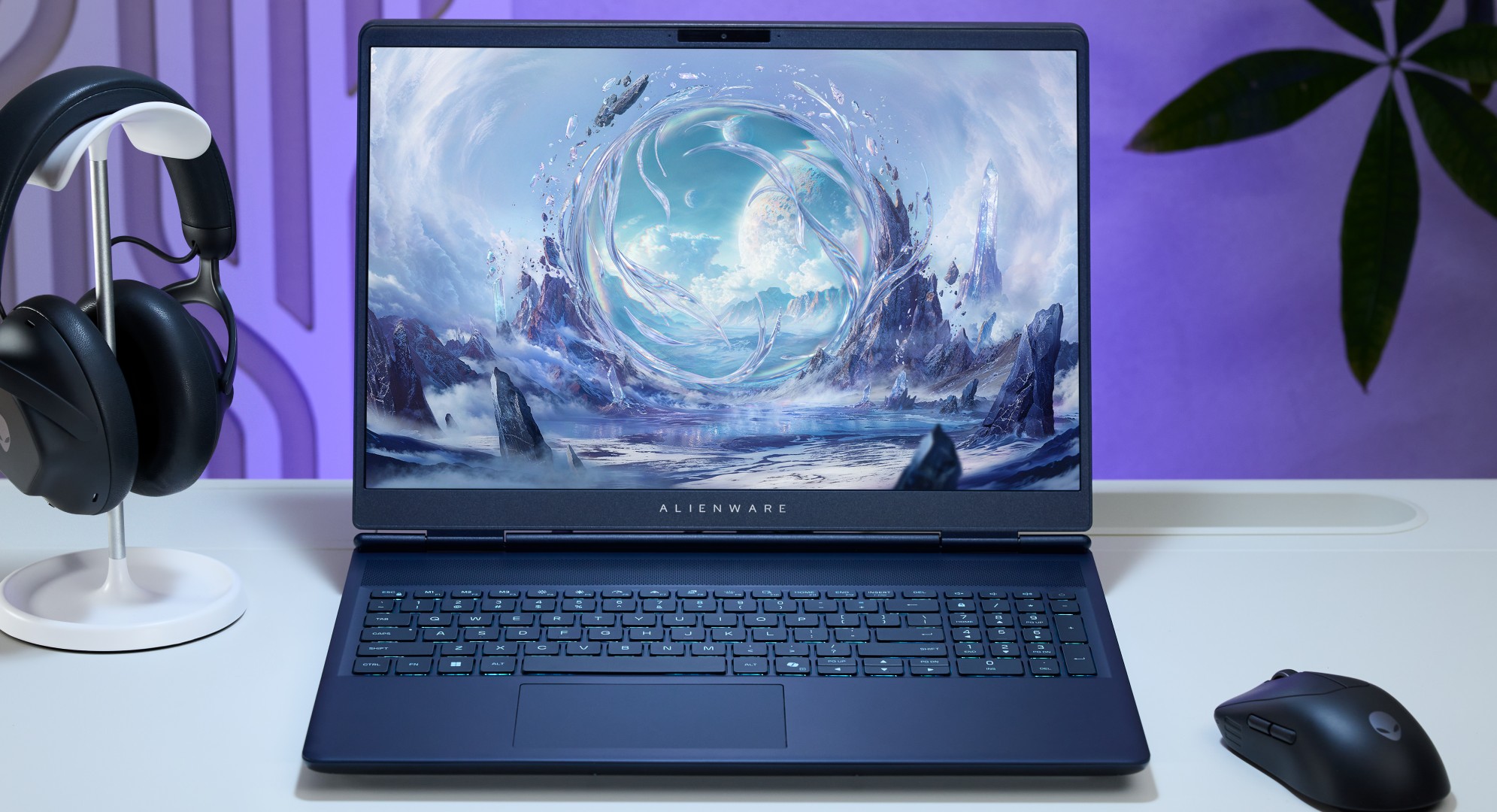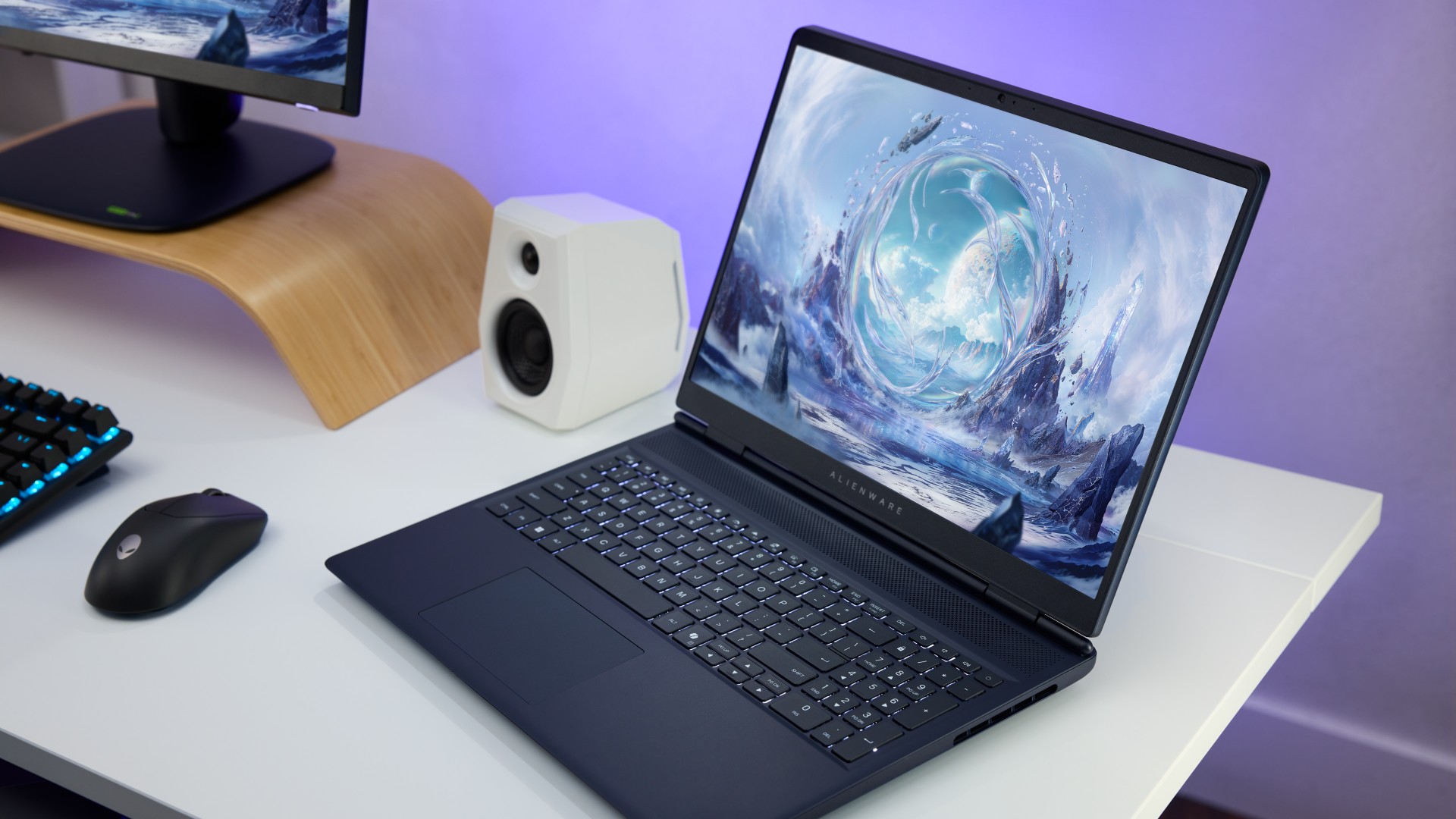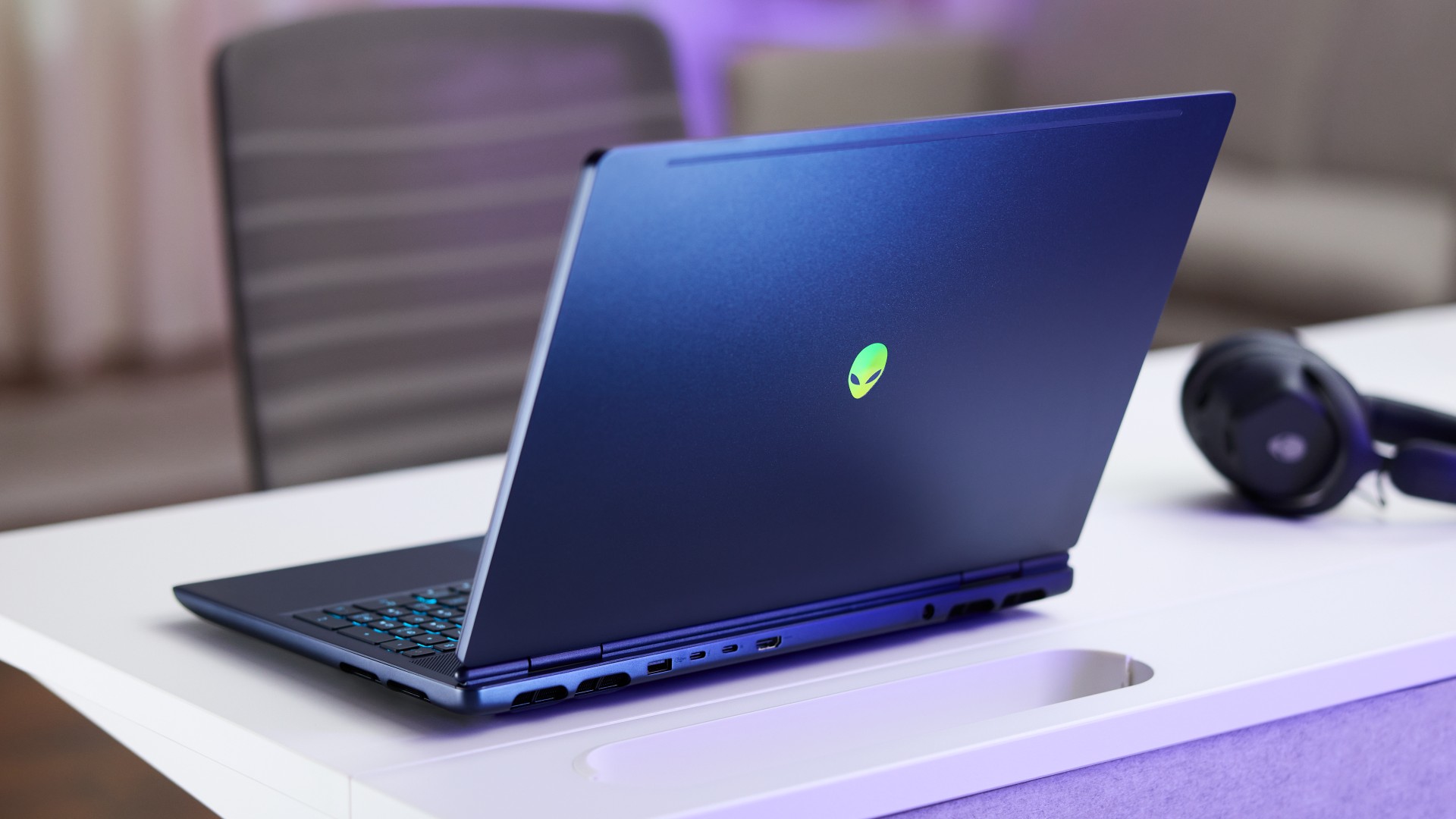Alienware launches new Aurora gaming laptops, but I'd steer clear of the base spec
The Aurora 16 and 16X are here, but one represents significantly better value

Alienware has announced two new gaming laptops joining its lineup at PAX East. The Alienware Aurora 16 and Aurora 16X are set to replace the M-Series as the brand's mid-range offering, while bringing the same interstellar design language as the Area-51s launched earlier in the year. While configurations on the cheapest model start at $1,149, that base spec doesn't just take us to space - it sends us back in time.
Alienware is still shipping these laptops with RTX 4050 GPUs. That in itself is no reason to worry, plenty of media creators and gamers just need a little extra graphical heft but still want a high-end machine feel. However, the overall value of that four-figure gaming laptop against the rest of the best gaming laptops on the market? Not great.
Instead, I'd focus attention on the RTX 5060 and RTX 5070 models. Nvidia's latest mid-range GPUs are available in both the Alienware Aurora 16 and Alienware Aurora 16X, offering solid 1080p and 1600p gameplay with the use of a few extra DLSS tricks.
Alienware Aurora 16 | From $1,149.99 at Dell
The Aurora 16 starts at $1,149.99 for an RTX 4050 configuration. That's going to be the go-to for those looking primarily for a work machine with the option to play a few lighter titles every now and then. An RTX 5060 configuration comes in at $1,599.99, with the RTX 5070 packing a whopping $1,949.99 price tag.
Alienware Aurora 16X | From $1,949.99 at Dell
The Alienware Aurora 16X is a considerably better buy if you're going for a mid-range gaming-specific machine. An RTX 5070 configuration goes for $2,299.99, $200 more than the same GPU in an Aurora 16 - only with bags more storage and RAM, a much better processor, and a boosted display.
The spec charts also reveal that the Alienware Aurora 16X is massively overpowering the 16. By comparison, the brand's entry-level rig looks considerably weedier than other brands' cheap alternatives. You're paying close to $2,000 for an RTX 5070 Alienware Aurora 16, with a weaker Intel Core 9 270H processor and a 120Hz 300 nit display. For just $200 more you can pick up an Alienware Aurora 16X with a boosted Intel Core Ultra 9 275HX CPU, double the RAM, double the storage, and a boosted 240Hz 500 nit panel.
| Row 0 - Cell 0 | Alienware Aurora 16 | Alienware Aurora 16X |
Display | 16-inch QHD+ at 120Hz, 300-nits brightness, 1200:1 contrast | 16-inch QHD+ at 240Hz, 500-nits brightness, 1000:1 contrast |
Processor | Intel Core 5 210H | Intel Core 7 240H | Intel Core 9 270H | Intel Core Ultra 5 235HX | Intel Core Ultra 7 255HX | Intel Core Ultra 9 275HX |
GPU | Nvidia GeForce RTX 3050 | 4050 | 5050 | 5060 | 5070 | Nvidia GeForce RTX 5060 | 5070 |
RAM | 8GB | 16GB | 32GB Dual-Channel DDR5 5600MTs | 8GB | 16GB | 32GB Dual-Channel DDR5 5600MTs |
Storage | 512GB | 1TB PCle NVMe M.2 SSD | 512GB | 1TB | 2TB PCle NVMe M.2 SSD |
Ports | 2x USB Type-A 3.2 Gen 1, 2x USB Type-C 3.2 Gen 2 (DisplayPort 1.4 / 1.4a), 1x HDMI 2.1, 1x RJ-45, 1x 3.5mm audio | 2x USB Type-A 3.2 Gen 1, 1x USB Type-C 3.2 Gen 2 (Thunderbolt 4, DIsplayPort 2.1), 1x USB Type-C 3.2 Gen 2 (DisplayPort 2.0), 1x HDMI 2.1, 1x RJ-45, 1x 3.5mm audio |
Dimensions | 0.89 x 10.45 x 14.05 inch | 0.92 x 10.45 x 14.05 inch |
Weight | 2.49kg - 2.57kg | Starting at 2.66kg |
A 120Hz refresh rate is certainly going to be more than enough if you're only running an RTX 3050 or RTX 4050 GPU, but locks you out of faster competitive performance with an RTX 5060 or RTX 5070 under the hood. Meanwhile, Intel's basic Core 5, 7, and 9 processors are running the show here - the first time I've seen them in a gaming-focused machine at all.
It's likely that the cheaper rig is aiming itself more at professionals and students (the ones who can drop thousands on a new laptop anyway) who want to work during the day and play lighter games after hours. That means the Alienware Aurora 16X is today's real launch for the majority of players.

After all, the RTX 5060 in the Alienware Aurora 16 runs at 80W with a boost of 15W, while the RTX 5070 is capped at 85W (boosted by 15W). Over in the Aurora 16X, the RTX 5060 and RTX 5070 can breathe at up to 115W with 10W and 15W respective boosts on top.
Weekly digests, tales from the communities you love, and more
With a 240Hz, 500-nit panel (and trust me, I've tested enough Alienware laptops to know that these screens need all the help they can get), Intel Core Ultra processors, Thunderbolt 4 and DisplayPort 2.1 compatibility, and larger 2TB SSD sizes, the 16X should be where most gamers put their cash. If you're opting for an RTX 5060 or RTX 5070 configuration (the two GPUs shared across both models), it's a no-brainer.

Dell has also learned from some of its best Alienware laptops produced in the last couple of years for this new release. The Alienware Aurora range completely removes the large cooling shelf that has plagued so many portable players in recent history.
The brand first shaved this form factor down on the Alienware M16 R2, allowing for a more compact footprint that actually fits into regular-sized backpacks. The same design is present here, with the addition of a new thermal bump underneath. The "Cryo-Chamber" draws cool air in from underneath the vents up top, spinning it through two ultra-thin fans and out via four exhausts.
The Alienware Aurora 16 and Alienware Aurora 16X are both available in select configurations at Dell, starting today.
If you're more interested in other brands, I'm also rounding up the best Asus gaming laptops and best Razer laptops available now. Or, check out the best Alienware PCs for more Aurora vibes.

Managing Editor of Hardware at GamesRadar+, I originally landed in hardware at our sister site TechRadar before moving over to GamesRadar. In between, I've written for Tom’s Guide, Wireframe, The Indie Game Website and That Video Game Blog, covering everything from the PS5 launch to the Apple Pencil. Now, i'm focused on Nintendo Switch, gaming laptops (and the keyboards, headsets and mice that come with them), PS5, and trying to find the perfect projector.
You must confirm your public display name before commenting
Please logout and then login again, you will then be prompted to enter your display name.



